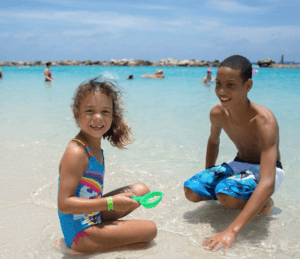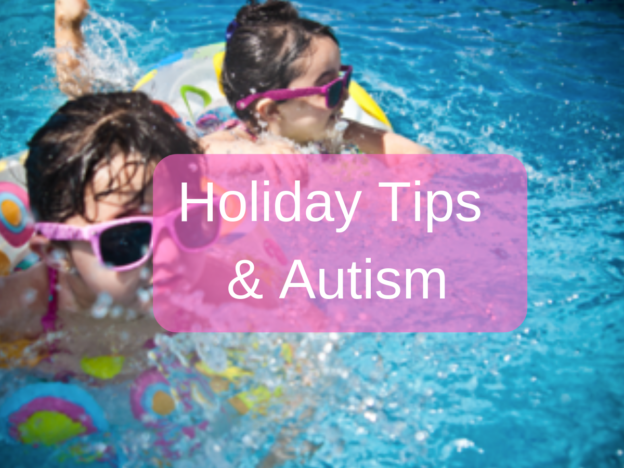Our Top Strategies for Planning a Holiday with a Child with Autism
Summer holidays don’t always have to be challenging. A break from routine can be difficult for individuals with Autism and their families. Preparation is key and while not all situations will work out perfectly, here’s a few of our tips to help you during a holiday away from home or day trip with the family.
How to Use Visual Supports to Help Plan Trips
Visual supports are helpful for individuals with Autism and can be used in different ways:
- Creating a visual schedule for those who find it difficult to transition from one location/activity to another. This way, everyone knows what’s happening throughout the day and this strategy can ease any stress about transitions. Just remember to make this strategy age-appropriate; would a picture or written schedule suit your child or teen best?
- Make a social story so that everything feels familiar when the holiday takes place. For example, if you’re going abroad, show in the social story how you pack the luggage, what happens at the airport, plane and waiting area. Finally, discuss where you’ll be staying and what adventures you’ll go on during the trip. Be detailed in your story and practice reading before the trip.
- Visually communicate how many days are left in the trip by using a simplified calendar. Score off days in the lead up to and during the holiday. This way, your child or teen will know exactly what to expect.
- Make cards as visual supports to help with communication. Cards can communicate “I need a break” or “it’s too loud” which may help lessen frustration or challenging behaviours on a summer trip. Remember, you’ll need to practice with these cards before the holiday so that your child is fluently using them prior to the start of the holiday.
 Summer Sensory Issues – Sun Cream, Hats, Short Sleeves
Summer Sensory Issues – Sun Cream, Hats, Short Sleeves
Tasks like applying sun cream, wearing sun hats or other types of summer clothing may not be comfortable for some individuals with Autism.
Begin practicing these tasks before the holiday by breaking the task down into small, achievable steps. For example, if a child doesn’t like wearing short sleeved t-shirts; very slowly over the course of a few weeks, gradually reduce the length of their sleeves by a centimeter or two every few days.
Activities Around Your Local Community
A lot of places have Autism friendly days or times for you to avoid visiting during peak hours. If you’re unsure, call or email in advance to receive more information. It also helps to inform people on the special needs of the individual you’ll bring. This way they are educated before you arrive and ready and able to assist if needed.
 Here are some of our top places to go:
Here are some of our top places to go:
The National Trust offers an ‘Access for all card’ which entitles the carer to gain free access to any National Trust site.
W5 (in Belfast) offers free admission to carers and also provides priority queuing for individuals with Autism.
Cinema lots of cinemas now have Autism friendly cinema showings. This means the sound is turned down, the lights are dimmed, there is freedom to move around and a chill out area provided, there are no lengthy trailers and you can often bring your own food and drink.
Zoos such as Belfast Zoo often provide free entry for carers and also priority queuing for individuals with Autism.
Many local Farms often provide free entry for carers.
Hopefully these strategies can help to reduce any stress surrounding holidays. Have you used any of these strategies to help plan trips away with your family? Or do you have any other tips or strategies to share with our readers, please share your thoughts in the comments below.

